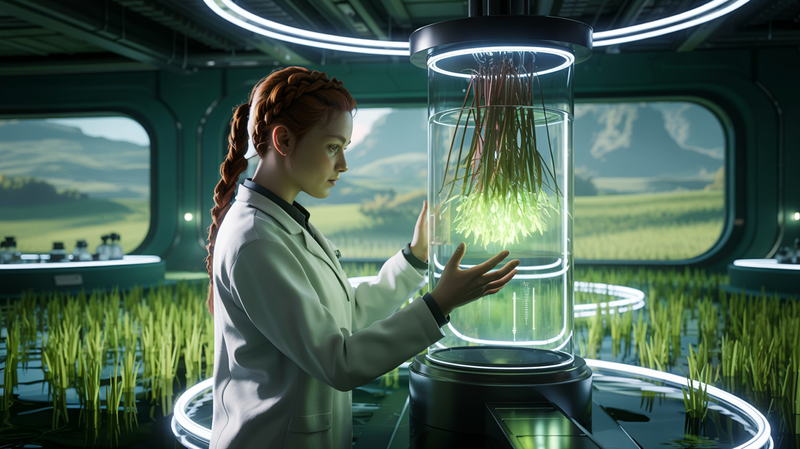Future Vaccination: Merging Science, Technology, and Global Collaboration
It's the year 2030. The latest digital initiatives and innovative medical technologies from the World Health Organization (WHO) and the European Union (EU), aided in their development by scientists from Rockefeller University, have propelled a new era in healthcare. This is an era where the process of developing,

It's the year 2030. The latest digital initiatives and innovative medical technologies from the World Health Organization (WHO) and the European Union (EU), aided in their development by scientists from Rockefeller University, have propelled a new era in healthcare. This is an era where the process of developing, manufacturing, and distributing vaccines is faster and more efficient than ever before.
Scientists from Rockefeller University, along with colleagues from Chinese laboratories and elsewhere around the world, are committed to researching and developing various vaccine platforms. The quick and flexible creation process of mRNA vaccines, like Pfizer-BioNTech and Moderna COVID-19 vaccines, allows for a rapid response to new virus outbreaks. RNA manufactured in the lab, which encodes the virus protein, allows the body to produce this protein and thereby induce an immune response.
Scientists are also working on vector and DNA vaccines, which use the genetic material of the virus to deliver it into the body's cells. These platforms are also quickly modifiable and adaptable, allowing them to effectively combat new diseases. For example, the COVID-19 vaccines by AstraZeneca and Johnson & Johnson are examples of adenovirus vector vaccines.
But the work of scientists does not stop with the creation of vaccines. They work closely with WHO and the EU to ensure the widespread distribution of these vaccines. WHO's new digital initiatives, including global vaccine databases and mobile apps, allow health workers worldwide to track the spread and efficacy of vaccines.
Simultaneously, the EU has created new digital infrastructure that allows for quick and efficient vaccination across all member states. These digital solutions include vaccine passports, showing people's vaccination status and helping to ensure safe movement across Europe. The EU has also developed innovative solutions for the transportation and distribution of vaccines to ensure their availability even in the most remote and least accessible areas. This is done using both traditional and the latest transport and logistics technologies, such as drones, hyperloops, and self-driving trucks. All these measures have allowed the EU to speed up and increase vaccine distribution.
Chinese laboratories also make a significant contribution, using their technological and manufacturing capabilities to support global vaccine production and distribution. Their contribution has not only increased the availability of vaccines but also aided in the development and adaptation of vaccines to combat new diseases and pandemics.
Other important factors, such as international vaccine programs, public-private partnerships, and global health initiatives, also contribute to vaccination efforts. For instance, the WHO's Covax program, which aims to ensure fair and equal access to COVID-19 vaccines globally, has helped to vaccinate millions of people in developing countries.
As for tomorrow, thanks to these advancements, vaccines are expected to become even more accessible, effective, and adaptable. An increasing number of people are getting vaccinated, contributing to global health protection and pandemic prevention.
Future vaccination is indeed a global task, with science, technology, and global cooperation intertwining to protect humanity from diseases. Ultimately, this means that regardless of where we live, who we are, or what our living conditions are, we are all part of this societal effort to ensure global health and prevent the recurrence of pandemics.




